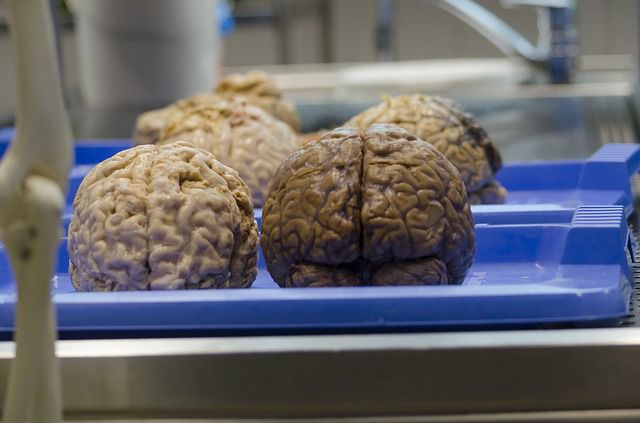Sep 17, 2015
Roomba advances robot intelligence with a model that can map your house and remember where it’s cleaned
Posted by Shailesh Prasad in categories: habitats, neuroscience, robotics/AI
The future of household robots owes a lot to 19th century American explorers Lewis and Clark.
At least, that’s what iRobot CEO Colin Angle told a crowd of reporters at a press event in New York on Sept. 16, introducing the Roomba 980, iRobot’s newest trashcan-lid-shaped vacuuming robot. It may look like every other Roomba the company has released over the past decade or so, but this one has a new trick: It knows how to map out its surroundings and find its way home.
“Roomba’s mission is to clean, which is not as exciting as Lewis and Clark,” Angle said, “But nonetheless very important.”

















